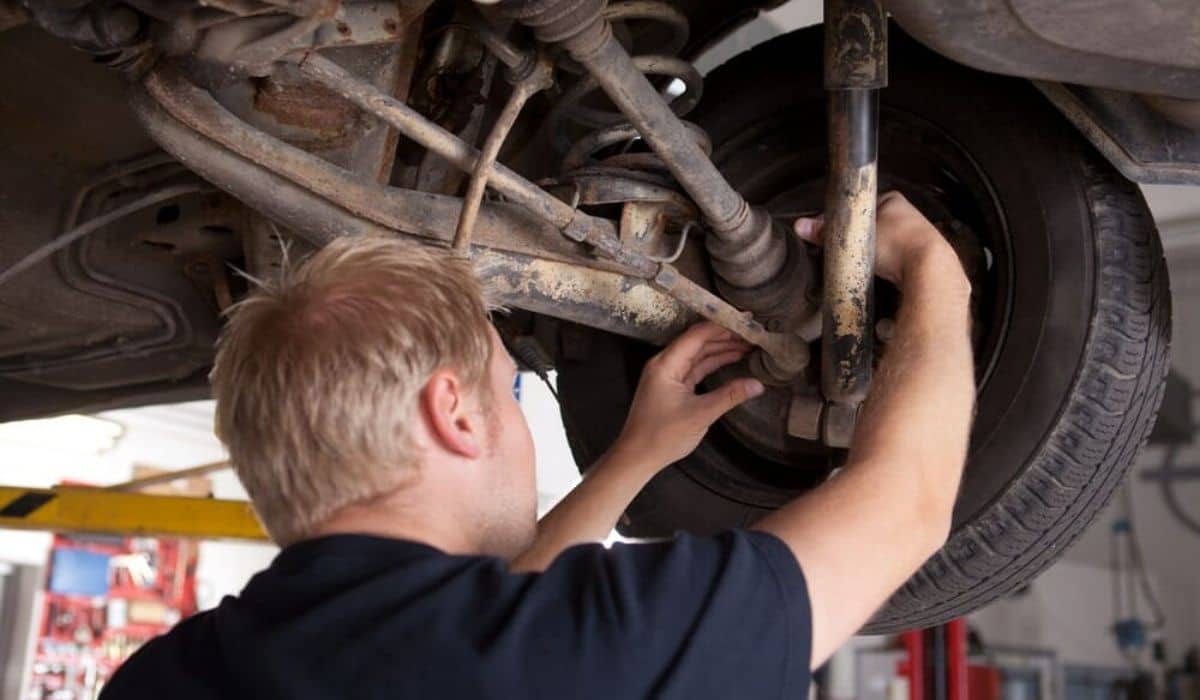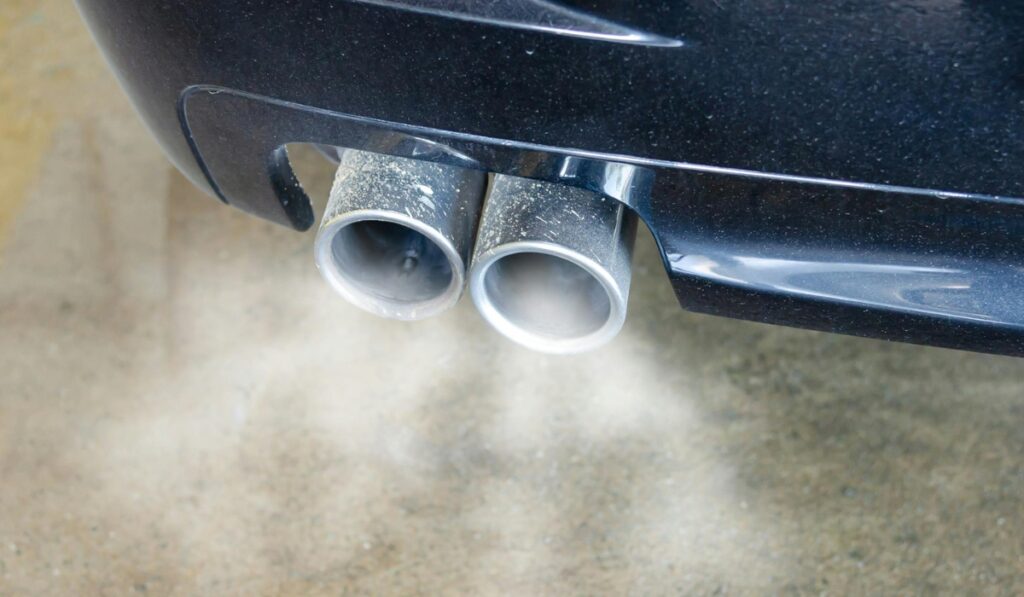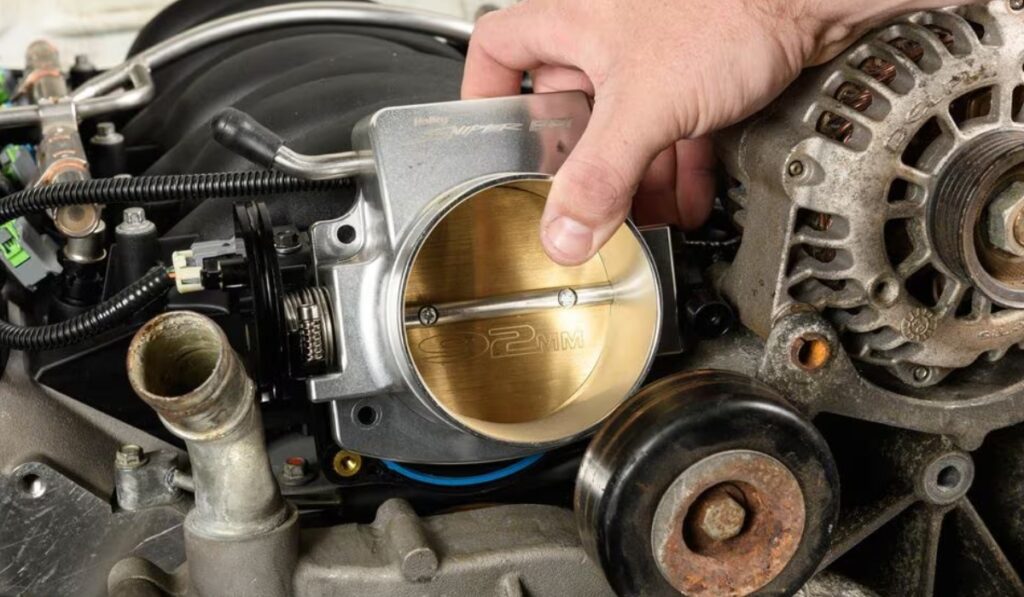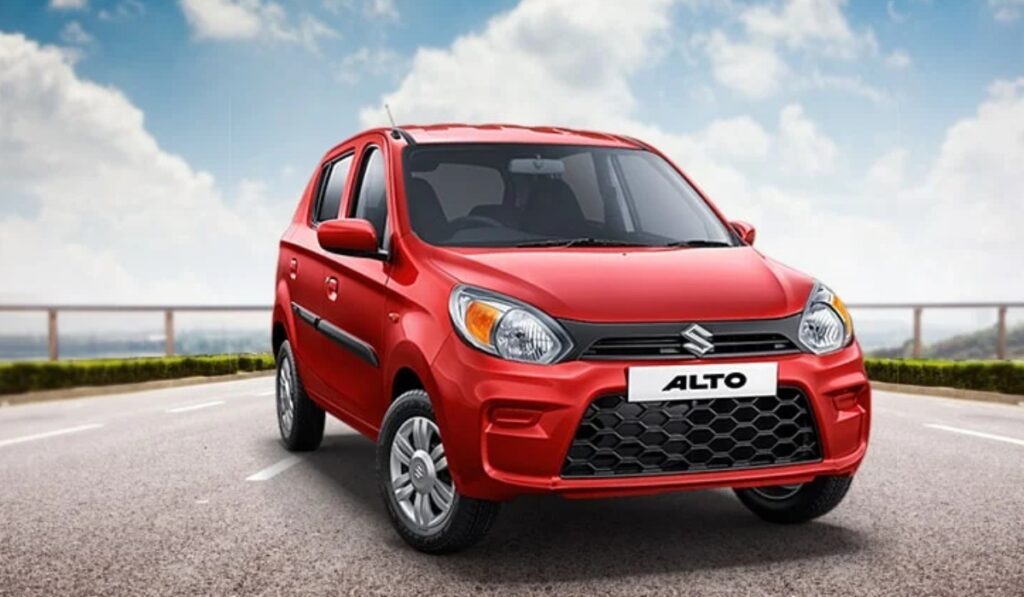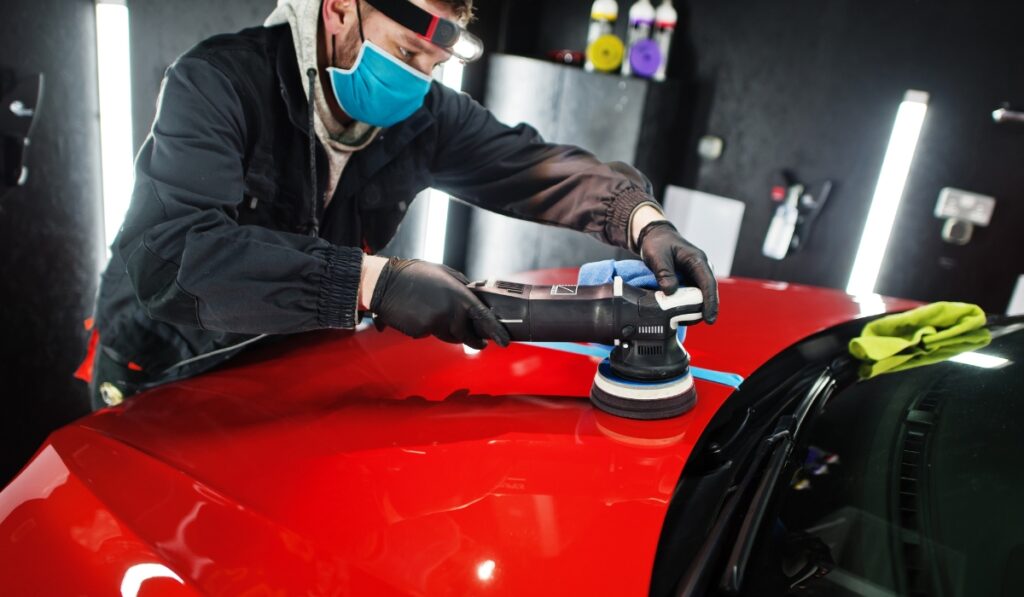As a responsible automobile owner, you know the sounds your car makes when driving. These noises may be benign or indicate a significant issue that needs rapid care.
When going straight, the CV joint squeaks, which is one of the most unpleasant sounds. So, if you are Dealing with CV Joint Noise When Driving Straight, you must be figuring out what can be done. Let’s see the details.
What are CV joints?
Modern vehicles need CV joints in the drivetrain. They distribute power from the engine to the wheels smoothly and continuously. CV joints at axle ends have a ball-bearing race and a rubber boot for range of motion.
The boot keeps the joint lubricated and prevents dirt and debris from damaging it. The rubber boot might wear down and enable dirt and debris to enter the joint, generating a squeaking sound when driving straight. CV joint faults must be addressed immediately to ensure vehicle safety.
CV joint noise causes
The most prevalent cause of CV joint noise is wear and tear. The frequent movement and rotation of the joints might damage them, making straight driving noisy.
A worn or damaged CV joint boot, which protects the joint and keeps grease in, can also produce noise. Damaged or worn boots let dirt, debris, and moisture into the joint, causing wear and noise.
Finally, the CV joint may be misplaced, causing noise when going straight. This misalignment can be caused by faulty installation, accidents, and more. If you experience CV joint noise, have a specialist inspect your car to determine the cause.
Identifying CV joint noise
Damaged or worn CV joints are a common cause of straight-line noise. Drivetrain systems need CV joints, or Constant Velocity joints. They connect the gearbox to the wheels, allowing them to turn at a steady speed. Identifiable noises can indicate CV joint injury or wear.
The noise is a clicking or popping sound that grows as the car speeds. While driving slowly in a parking lot, turn the steering wheel all the way to one side to test for CV joint sounds. A clicking or popping sound indicates a broken CV joint that needs replacement.
Common CV joint symptoms
Your vehicle’s drivetrain relies on a constant velocity (CV) joint to transfer power from the gearbox to the wheels and enable smooth turning.
Unfortunately, these joints can wear down over time, causing a variety of symptoms that can impact vehicle performance and safety. If you’re having any of these problems, get your CV joints inspected and fixed immediately:
Old CV Joints :
CV joints wear out like other mechanical parts. The frequent motion and high torque can wear down the inner and outer race, causing excessive play and noise. For vehicles with high mileage or hard driving, worn-out CV joints may be the cause of noise.
Damaged CV Boot :
CV boots protect the CV joint from impurities and retain lubricant. Damage to the boot allows dirt and moisture to permeate and weaken the CV joint. A damaged boot should be addressed immediately to prevent premature wear and CV joint failure.
Dry and Squeaky No Lubrication :
CV joint lubrication is essential for smooth operation. The metal CV joint components can rub against each other without lubricant, creating friction, heat, and noise. Poor or dry lubrication accelerates wear and signals CV joint problems.
These issues can be identified and fixed early to prevent more significant concerns and keep your car running smoothly and safely.
DIY CV joint inspection
CV joints may need replacement if turning makes a clicking or popping noise. But what if the noise occurs when traveling straight? If your CV joints are making noise, check them yourself before taking your car to a professional. Follow these steps:
| Step | Description |
|---|---|
| Lift your automobile and remove the wheel on the suspected noisy side. | This step involves using a jack to lift the vehicle and then removing the wheel on the side where the noise is suspected. |
| Check CV joint boot for cracks or damage. | Inspect the CV joint boot for any signs of cracks or damage. A damaged boot can lead to contamination and noise. |
| Make sure CV joint bolts are tight and secure. | Ensure that the bolts securing the CV joint are tight and secure. Loose bolts can contribute to noise and even failure. |
| Move the CV joint with your grip. | With your hand, grip the CV joint and try to move it. Any excessive movement may indicate a worn joint that needs replacing. |
| Repeat the steps on the other automobile side. | After completing the inspection on one side, repeat the same steps on the other side of the vehicle. |
To ensure road safety, take your car to a mechanic if you’re unsure about completing this inspection yourself.
How to prevent it?
Cleaning and Protecting CV Joints :
Cleaning CV joints is necessary if contamination causes noise. Determine whether the contamination is dirt, debris, or moisture. Gently remove impurities with a good cleanser and soft brush. Apply fresh lubrication after cleaning for smooth functioning.
Replace Worn CV Joints :
If your CV joints are worn beyond repair, replace them. Get a jack, jack stands, and a torque wrench. Replace broken CV joints with new ones following the manufacturer’s directions. Torque all fasteners as indicated.
CV Boot Repair or Replacement :
Early detection of CV boot deterioration can restore it. Assess the damage and decide whether to fix or replace. For boot repairs, use a specialised equipment to patch torn or holes. If replacing, remove the old boot and secure the new one.
Regular Maintenance :
Replace CV boots as needed after checking for tears or damage. To keep CV joints working smoothly, oil or lube them occasionally. Train your ears to hear odd CV joint sounds and address them immediately.
Cost to fix CV joints
Drivetrain systems need CV joints, or constant velocity joints. They transfer torque from the gearbox to the wheels and allow suspension movement. CV joints can make creaking or clicking noises when driving straight.
This noise may indicate a worn CV joint that needs immediate replacement. The cost of CV joint repair depends on the vehicle’s make, model, and condition.
Labour costs account for much of the $300–$800 cost of CV joint repair. To prevent vehicle damage and for safe driving, CV joint faults must be addressed immediately.
When professional help is needed
If the CV joint noise persists after trying our DIY methods, seek professional help. A mechanic can identify and fix the problem with more precision. Driving with a defective CV joint can be unsafe and harm your car, so fix it right now.
Leave your car repair to a professional if you’re not comfortable or lack the tools. Over time, professional aid can save you time, money, and headaches. If you’re hearing CV joint noise when driving straight, see a trustworthy mechanic.
FAQ
What are CV joints in automobiles?
CV joints are essential to a vehicle’s drivetrain. They deliver power from the engine to the wheels smoothly and continuously, even when the wheels are spinning at different angles.
CV joints have a ball-bearing race and a rubber boot for flexibility and protection at the axle ends. These joints ensure engine torque is consistent to the wheels, enabling smooth and economical vehicle operation.
Why do CV joints make noise when going straight?
CV joint sounds when driving straight may suggest difficulties. Wear and tear are the main causes of joint deterioration and noise. A worn or damaged CV joint boot lets dirt, debris, and moisture through, producing wear and noise.
Accidents or improper installation can create misalignment, which can produce noise. If you experience CV joint noise, have a specialist inspect your car to establish the reason and take action.
How to detect CV joint noise?
Listen for automobile sounds while driving to identify CV joint noise. A clicking or popping sound from CV joints becomes more obvious as the car speeds up. Turning the steering wheel all the way to one side while driving slowly in a parking lot can test CV joint sounds.
A clicking or popping sound during this manoeuvre indicates a fractured CV joint in need of replacement. If you suspect CV joint noise, have a professional evaluate your car for precise diagnosis and repairs.
How do worn CV joints hurt?
The symptoms of worn or injured CV joints can affect vehicle performance and safety. Wear of the joint’s inner and outer races causes excessive play and noise.
Contamination from damaged CV joint boots weakens the joint and makes noise. CV joint friction, heat, and noise can result from improper lubrication.
To keep your car safe and running smoothly, have your CV joints evaluated and repaired immediately if you notice any of these symptoms.
Can I check CV joints myself?
You can check CV joints for problems. To do so, raise your car, remove the loud wheel, and inspect the CV joint boot for cracks or damage. Make that the CV joint bolts are tight and secure, then test for excessive movement by grasping the CV joint and moving it.
Repeat the examination on the other side of the car. If you’re unsure or uncomfortable doing this inspection yourself, seek professional help to ensure correct diagnosis and proper repairs.
Dealing with CV Joint Noise When Driving Straight might frustrate any motorist. However, you must fix the problem immediately to prevent more car damage.
Checking, diagnosing, and repairing your CV joints will eliminate squeaks and provide a smooth ride. Always consult a competent mechanic and practise proper maintenance to keep your automobile running smoothly for years.

